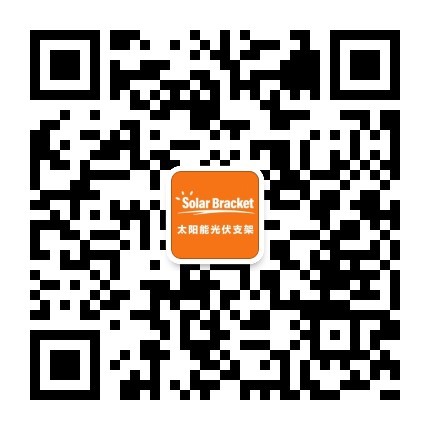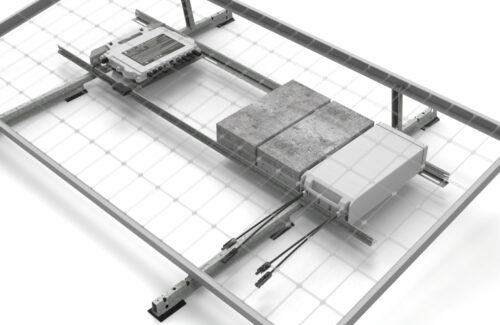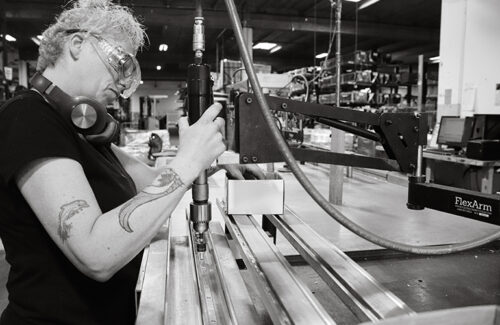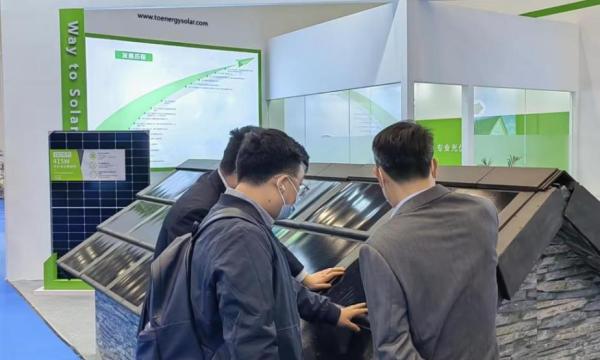有机太阳能电池材料最终可以商业化吗?去年,Ubiquitous Energy宣称其“透明太阳能电池”的效率为“经认证的” 9.8%的世界纪录。
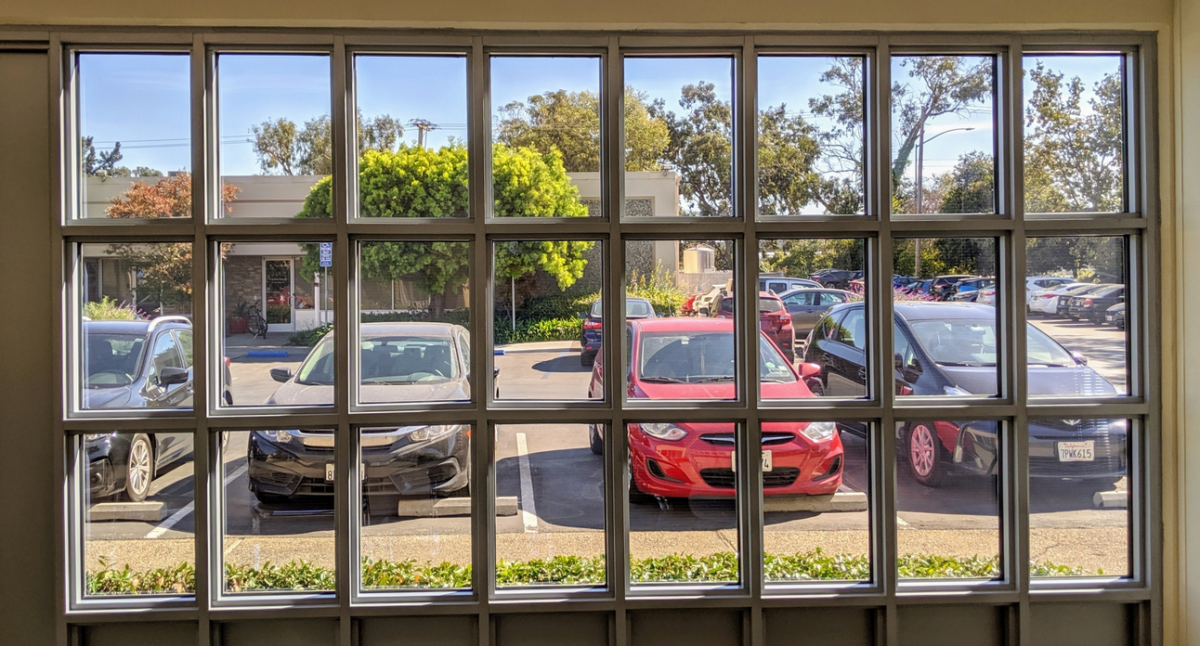
摘自美国pv杂志。
去年,Ubiquitous Energy宣称其“透明太阳能电池”的效率创世界纪录,其“认证”功率转换效率为9.8%。根据这家初创公司的说法,小型有机太阳能电池的效率已通过第三方测试实验室Newport Corporation的认证。*
有机太阳能电池(OSC)重量轻,无毒且半透明。他们长期以来一直信守低成本制造的承诺,但效率往往很低-长期可靠性令人质疑。
无处不在的能量使用标准的玻璃镀膜设备将有机层直接沉积在玻璃上。据该公司称,透明的太阳能涂层选择性地吸收紫外光和近红外光并将其转换为电,同时让可见光通过。该公司将其最初的工作集中在建筑玻璃上。无处不在的能源团队拥有有机太阳能电池和分级太阳能电池技术的多项专利。
Ubiquitous的首席技术官Miles Barr告诉《技术评论》,它正在开发“通过纳米级工程将能量更深地收集到红外中的材料”。
泛能已募集超过25亿美元是来自投资者,如Riverhorse投资,$ 阿鲁纳斯Chesonis自从被纺出的-与来自美国国家科学基金会资助以来,阿伯丁全球集团,蔓越莓资本,麻省理工学院实验室弗拉基米尔Bulović在2011年苏珊 Riverhorse Investments合伙人Casey Stone是CEO,已取代了Cranberry Capital和Sweetwater Energy的前首席执行官Keith Wilson。
该公司已在其位于加利福尼亚州红木城的总部安装了约100平方英尺的透明太阳能窗户,作为外部窗户立面,取代了以前的单窗格窗户。
BIPV是一个难以打入的市场
将集成的太阳能立面商品化不仅是工程问题。这意味着要通过非常保守的建筑渠道来开发一种新型的窗户和幕墙产品,这是一项艰巨的营销挑战。机架上的传统太阳能模块在美学上可能不尽人意,但它们具有分销渠道并拥有扎实的技术专长记录。
当前,OSC的全球部署是微不足道的。全球生产能力仅为几兆瓦。OSC的效率范围是所有NREL列出的材料系统中最低的,并且尚未实现其商业或成本承诺。
如果Ubiquitous Energy的Miles Barr要回应pv杂志,我们会问:
- 是否在标准测试条件下进行了创纪录的9.8%效率测试?告诉我们更多有关记录条件和证明者的信息。
- 您认为今明两年商用产品的效率如何?
- 您可以提供什么费用指标?每平方英尺增加成本?
- 您认为一年之内垂直窗相对于平板PV的收益损失是多少?
- 如何关闭各个窗户的电源?什么是逆变器方案?
- 您如何使建筑行业接受这种新型建筑?
- 您是否已启动电动窗产品的UL流程?
- 整个系统成本是否符合ITC抵免额?
*太阳能效率记录通常在五个官方测试中心之一进行测量:NREL,AIST,PTB,Fraunhofer ISE和ESTI。NREL PV记录效率图表上没有“透明太阳能电池”的类别。
***
目前的OSC公司
- 自2006年成立以来,Heliatek作为德累斯顿大学和乌尔姆大学的分公司,已筹集了超过1.4亿美元的资金。NREL的记录保持者对单层设备的Heliatek的需求约为10%。Heliatek像印刷工艺一样,在不使用溶剂的工艺中,在低温下真空沉积小分子低聚物层。Heliatek的资金来自innogy,Engie,BASF,Stefan Quandt等。几年前,Heliatek的首席执行官告诉记者,其晶圆厂生产电池的效率为8.2%,下一个晶圆厂的产能将为10%。在2018年,公司经历了管理层变更。
- 3GSolar用于无线应用的 DSC
- Opvius是前Belectric OPV
- 无限PV
- 其他OSC研究人员包括Solarmer,Peccell,EPFL,英特尔和三菱
- 牛津光伏(Oxford Photovoltaics)从有机太阳能电池开始,但很快就专注于钙钛矿材料。
前OSC公司
- Dyesol声称正在开发在玻璃或金属基材上使用纳米二氧化钛的染料太阳能电池(DSC)技术,然后声称是钙钛矿公司-然后进入管理。
- 渴望有机太阳能电池的Konarka筹集了很多钱,但没有进行商业生产就破产了。它的资产被Belectric收购。
- 爱尔兰的SolarPrint在DSC流程上花费了数百万美元的投资者资金,然后于2014年破产。
- 现在处于休眠状态的August18 Limited从Carbon Trust和Rhodia筹集了700万美元,用于开发塑料有机太阳能电池,然后转而研究“ 光子倍增膜”。
- Plextronics(破产并出售给苏威)
原文:
From pv magazine USA.
Last year, Ubiquitous Energy claimed a world record for efficiency of a “transparent solar cell” with a “certified” 9.8% power conversion efficiency. According to the startup, the efficiency of the small-sized organic solar cell was certified by third-party test lab Newport Corporation.*
Organic solar cells (OSCs) are lightweight, nontoxic and semi-transparent. They have long-held the promise of low-cost manufacturing, but their efficiencies tend to be low — and their long-term reliability has been questionable.
Ubiquitous Energy deposits organic layers directly on glass using standard glass coating equipment. According to the firm, the transparent solar coating selectively absorbs and converts ultraviolet and near-infrared light to electricity while letting visible light through. The firm is focusing its initial work on architectural glass. The Ubiquitous Energy team holds a number of patents in organic solar cells and graded solar cell technology.
Miles Barr, CTO of Ubiquitous, told Technology Review that it is developing materials that “gather energy deeper into the infrared with nanoscale engineering.”
Ubiquitous Energy has raised more than $25 million from investors such as Riverhorse Investments, Arunas Chesonis, Aberdeen Worldwide Group, Cranberry Capital, along with grants from the National Science Foundation — since being spun-out from the MIT lab of Vladimir Bulović in 2011. Susan Casey Stone, a partner at Riverhorse Investments is CEO, having replaced previous CEO Keith Wilson of Cranberry Capital and Sweetwater Energy.
The firm has installed approximately 100 square feet of transparent solar windows at its headquarters in Redwood City, California as an exterior facing window façade replacing the previous single pane windows.
BIPV is a difficult market to break into
Commercializing an integrated solar facade is not just an engineering problem. It means driving a completely new type of window and curtain wall product through the very conservative building channel — and that’s a daunting marketing challenge. Traditional solar modules on racks may be less than aesthetically perfect, but they have a distribution channel and a solid track record of technical expertise.
Currently, global deployment of OSCs is negligible. Global production capacity amounts to just a few megawatts. OSCs have the lowest efficiency range of any NREL-listed materials system and have not yet delivered on their commercial or cost promise.
If Ubiquitous Energy’s Miles Barr were to respond to pv magazine, we’d ask:
- Is the record 9.8% efficiency test performed at standard test conditions? Tell us more about the record conditions and certifier.
- What efficiency do you think can be expected in a commercial product this year and next?
- What cost metric can you provide? Cost-adder per square-foot?
- What do you figure is the penalty on yield for vertical windows versus flat-panel PV over the course of a year?
- How is power pulled off the individual windows? What is the inverter scheme?
- How do you get the building trade to accept this new type of construction?
- Have you started the UL process for a powered window product?
- Is the entire system cost eligible for the ITC credit?
*Solar efficiency records are typically measured at one of five official test centers: NREL, AIST, PTB, Fraunhofer ISE, and ESTI. There is no category for “transparent solar cell” on the NREL PV record efficiency chart.
***
Current OSC companies
- Heliatek has raised more than $140 million since its founding in 2006 as a spinoff from the Universities of Dresden and Ulm. NREL’s record-keepers have Heliatek at about 10 percent for a single-layer device. Heliatek vacuum deposits layers of small-molecule oligomers at low temperatures in a process that doesn’t use solvents, as printing-based processes do. Heliatek’s funding comes from innogy, Engie, BASF, Stefan Quandt and others. A few years ago, Heliatek’s CEO told this reporter that its fab was producing cells with an efficiency of 8.2% and the next fab would be at 10%. In 2018, the company went through a management change.
- 3GSolar’s DSCs for wireless applications
- Opvius is the former Belectric OPV
- InfinityPV
- Other OSC researchers include Solarmer, Peccell, EPFL, Intel and Mitsubishi
- Oxford Photovoltaics, started with organic solar cells, but soon focused on perovskite materials.
Former OSC companies
- Dyesol claimed to be developing Dye Solar Cell (DSC) technology using a layer of nanotitania on a glass or metal substrate, then claimed to be a perovskite company — and then entered administration.
- Organic solar cell aspirant Konarka raised a great deal of money and went bankrupt without ever making it to commercial production. Its assets were acquired by Belectric.
- Ireland’s SolarPrint spent millions of dollars of investor money on a DSC process before going bankrupt in 2014.
- Eight19 Limited, now dormant, raised $7 million from the Carbon Trust and Rhodia to develop plastic organic solar cells, then switched to working on a “photon multiplier film.”
- Plextronics (bankrupt and sold to Solvay)


